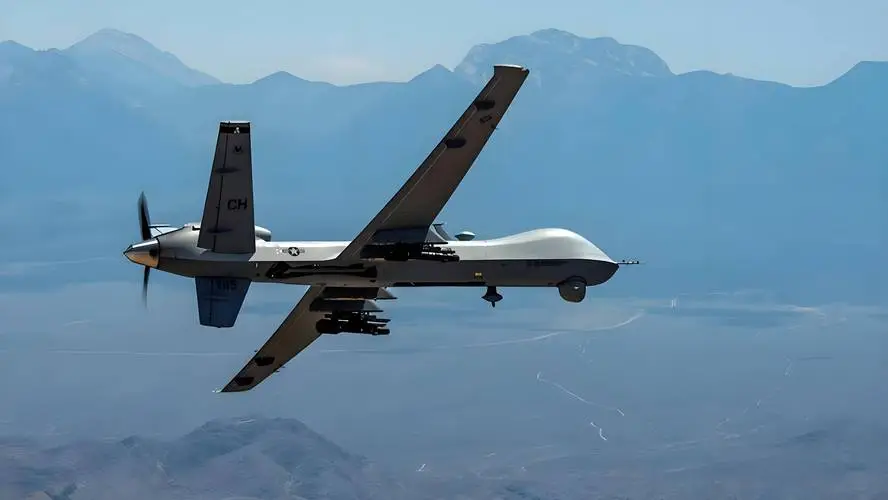
present situation
Technological progress and military applications: The United States has made significant progress in drone technology, especially in the military field. The performance of unmanned aerial vehicles such as MQ-9 "Reaper" and MQ-25 "Stingray" on the battlefield is particularly outstanding. The MQ-9 "Reaper" drone has long endurance and high payload capacity, and can perform long-term surveillance and strike missions in complex environments. The MQ-25 Stingray is a US Navy carrier based unmanned aerial vehicle used for aerial refueling and intelligence, surveillance, and reconnaissance (ISR) missions.
Civilian applications: In the civilian sector, American drones have also shown great potential in logistics, security, agriculture, and other fields. For example, companies such as Amazon and Wal Mart are exploring the use of drones to deliver goods to improve efficiency and reduce costs. In addition, the application of drones in the agricultural field is also increasing, for precision agricultural management and crop monitoring.
Future Trends
Technological innovation: With the advancement of technologies such as artificial intelligence and big data, the intelligence level of drones will be further enhanced. Future drones will possess stronger autonomous intelligence, capable of self adjusting flight paths and task execution based on real-time environments, which will bring revolutionary changes to multiple industries.
Regulations and Regulation: Although drone technology is constantly advancing, regulations and supervision remain important factors that constrain its widespread application. The Federal Aviation Administration (FAA) of the United States is developing rules to achieve the goals of routine, scalable, and cost controlled drone delivery. As the community's acceptance of drone flight increases, relevant regulations may gradually relax, promoting the wider application of drones.
International competition: On a global scale, the US drone market is facing competition from other countries. For example, China and Europe's drone technology have already been on par with the United States in some aspects, and even surpassed the United States in some areas. This requires the United States to maintain technological leadership while constantly innovating and improving to maintain its leading position in the global drone market.
In summary, the United States has made significant progress in both military and civilian fields, and will continue to rely on technological innovation and regulatory improvements to promote its further development in the future. Meanwhile, international competition will also drive the United States to continuously optimize its drone technology and market strategy.
Previous:No
Next:No

